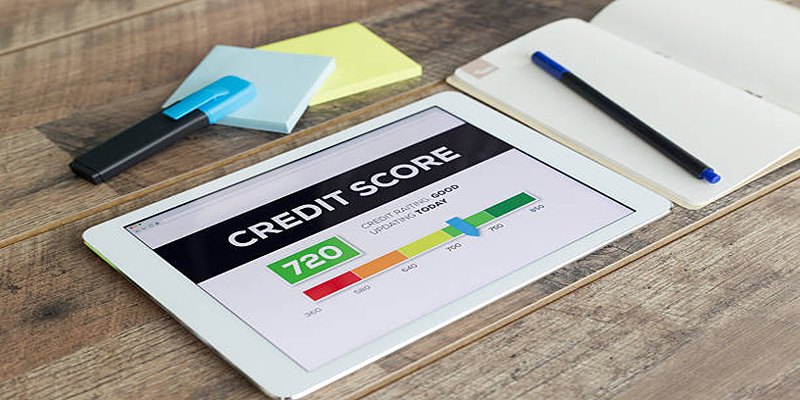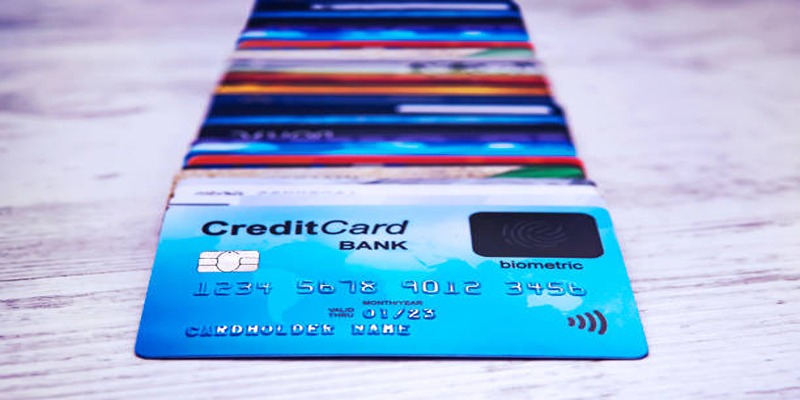Active-duty service members together with veterans and specific family members have access to the VA loan which serves as a special home loan program. U.S. Department of Veterans Affairs supports this loan program which allows qualified applicants to purchase homes without down payments and obtain reduced interest rates. National Guard and potential buyers can enjoy an excellent opportunity to affordably purchase a home through this program. The first step to reaching the benefits of this program requires understanding its operational systems.
What Is a VA Loan?

A VA loan is a mortgage loan guaranteed by the U.S. Department of Veterans Affairs (VA), aimed at helping eligible individuals buy, build, refinance, or improve a home. First introduced as part of the G.I. Bill in 1944, this program has made it easier for millions of veterans and active-duty service members to secure a home loan with flexible terms.
While the VA itself doesn’t lend the money, authorized private lenders issue these loans. The VA guarantees a portion of the loan, reducing the risk for lenders and enabling favorable terms.
Benefits of a VA Loan
VA loans come with several distinct advantages that set them apart from conventional mortgages.
1. No Down Payment Required
The major benefit of VA loans gives potential homebuyers full financing capability without requiring any down payment. The VA loan program enables homebuyers to obtain 100% financing for their home purchase eligibility whereas conventional loans usually need a down payment between 5-20% of the property value.
2. No Private Mortgage Insurance (PMI)
With conventional loans, if your down payment is less than 20%, you’re typically required to pay private mortgage insurance (PMI)—an additional monthly cost that protects the lender, not you. VA loans eliminate the need for PMI entirely, saving you hundreds of dollars each month.
3. Competitive Interest Rates
Thanks to the VA guarantee, lenders can offer interest rates that are typically lower than those of conventional loans. Even a small difference in interest rates can lead to significant savings over the life of your loan.
4. Limited Closing Costs
The VA limits what lenders can charge in closing costs, helping to keep upfront costs low. Additionally, sellers are allowed to pay some of the closing costs, further reducing your financial burden.
5. Flexible Credit Requirements
VA loans are known for their flexible credit requirements, making it easier for individuals with less-than-perfect credit scores to secure financing.
6. No Prepayment Penalty
If you’re able to pay off your loan early, a VA loan won’t penalize you for doing so. This provides added flexibility and savings if you decide to pay down your mortgage ahead of schedule.
Who Qualifies for a VA Loan?
The VA loan program is available to a specific group of people, including:
- Active-duty service members
- Veterans who meet minimum service requirements
- National Guard members and Reservists who have served for a certain period
- Surviving spouses of service members who died in the line of duty or as a result of a service-connected disability
To confirm your eligibility, you’ll need a Certificate of Eligibility (COE) issued by the VA. You can obtain this certificate through your lender, the VA website, or by submitting a completed VA Form 26-1880.
Basic Requirements for VA Loan
While VA loans come with distinct advantages, there are still several requirements you’ll need to meet to qualify:
- Service Requirements: Meet the minimum active-duty or service criteria based on when you served.
- Credit Score: While the VA itself doesn’t impose a minimum credit score, most lenders prefer a score of 580–620.
- Income and Employment: You’ll need to demonstrate sufficient income to afford the mortgage payments and verify a stable employment history.
- Debt-to-Income Ratio (DTI): Lenders will evaluate your DTI, which measures your monthly debt payments compared to your income. A lower DTI is generally preferred.
Types of VA Loans
- Purchase Loans: These are traditional mortgages for buying a home. They can be used to buy an existing property or build a new one.
- Interest Rate Reduction Refinance Loan (IRRRL): Often referred to as the “streamline” refinance, this loan lets you reduce the interest rate on your current VA loan without needing to complete the full underwriting process again.
- Cash-Out Refinance Loan: This type of loan allows you to tap into your home’s equity and receive cash back at closing, which can be used for any purpose such as home improvements or debt consolidation.
- Native American Direct Loan (NADL): This program is specifically for Native American veterans and offers financing for the purchase, construction, or improvement of homes on federal trust land.
How to Apply for a VA Loan
The VA loan process is straightforward if you follow these steps:
1. Obtain Your Certificate of Eligibility (COE)
Start by verifying your eligibility and obtaining your COE. This document proves to lenders that you meet the requirements for a VA-backed loan.
2. Find a VA-Approved Lender
VA loans aren’t available through every lender, so it’s important to select one authorized by the VA. Take the time to compare lenders and find the best rates and terms to suit your needs.
3. Prequalify and Preapprove
Once you’ve selected a lender, prequalify to estimate how much you can afford. Then, secure preapproval for added credibility when making an offer on a home.
4. Find Your Home
Work with a real estate agent specializing in VA loans to find a property that meets your needs. Make sure the property complies with VA appraisal requirements.
5. Close the Deal
Once your offer is accepted, your lender will guide you through the underwriting and closing process. Be prepared to provide documentation, such as pay stubs, tax returns, and bank statements.
Tips for Making the Most of Your VA Loan Benefits

- Compare Lenders: While VA loans come with standard benefits, interest rates and fees can vary by lender, so it pays to shop around.
- Understand Your Entitlement: Your "entitlement" determines how much of your loan the VA will guarantee. Understanding your entitlement will help you plan your purchase.
- Use Your Bonus Entitlement: If you’ve previously used your VA loan benefits but paid off the loan in full, you may have a “bonus entitlement” available for a new purchase.
Conclusion
VA loans offer a range of benefits that can make homeownership more accessible and affordable for eligible veterans, service members, and their families. By understanding the key features of VA loans, such as entitlement, shopping for the right lender, and utilizing bonus entitlement when applicable, borrowers can maximize these benefits to achieve their housing goals. Taking the time to educate yourself and seek guidance where needed ensures that you make the best financial decisions for your future.












